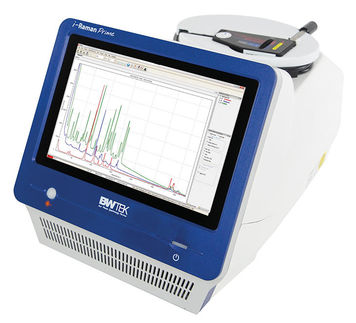To use all functions of this page, please activate cookies in your browser.
my.chemeurope.com
With an accout for my.chemeurope.com you can always see everything at a glance – and you can configure your own website and individual newsletter.
- My watch list
- My saved searches
- My saved topics
- My newsletter
Flip-flop kineticsIn pharmacokinetics, flip-flop phenomenon happens when a drug is released at a sustained rate instead of immediate release, such as sustained-release formulation v.s. immediate-release formulation (tablet, IV). Product highlightIn flip-flop kinetics, ka (absorption constant) is much slower than ke (elimination constant). This apparent difference shift the slope of logCp vs time curve in which now the apparent part of ke looks much smaller than it is if the drug is administered intravenously or by immediate-release formulation. The part of downward curve becomes a reflection of actual ka while the upward part of the curve is the actual representation of ke. That "flip-flop" part of curve is the so-called flip-flop kinetics. The application of flip-flop kinetics is very important in the development of sustained-release and controlled-release formulation in pharmaceutical manufacturing. |
| This article is licensed under the GNU Free Documentation License. It uses material from the Wikipedia article "Flip-flop_kinetics". A list of authors is available in Wikipedia. |







